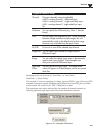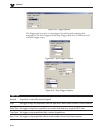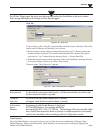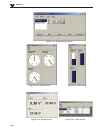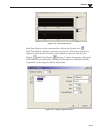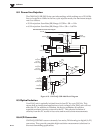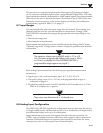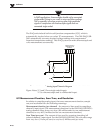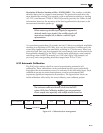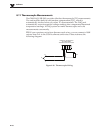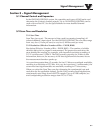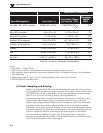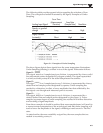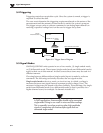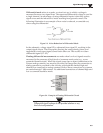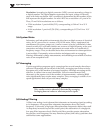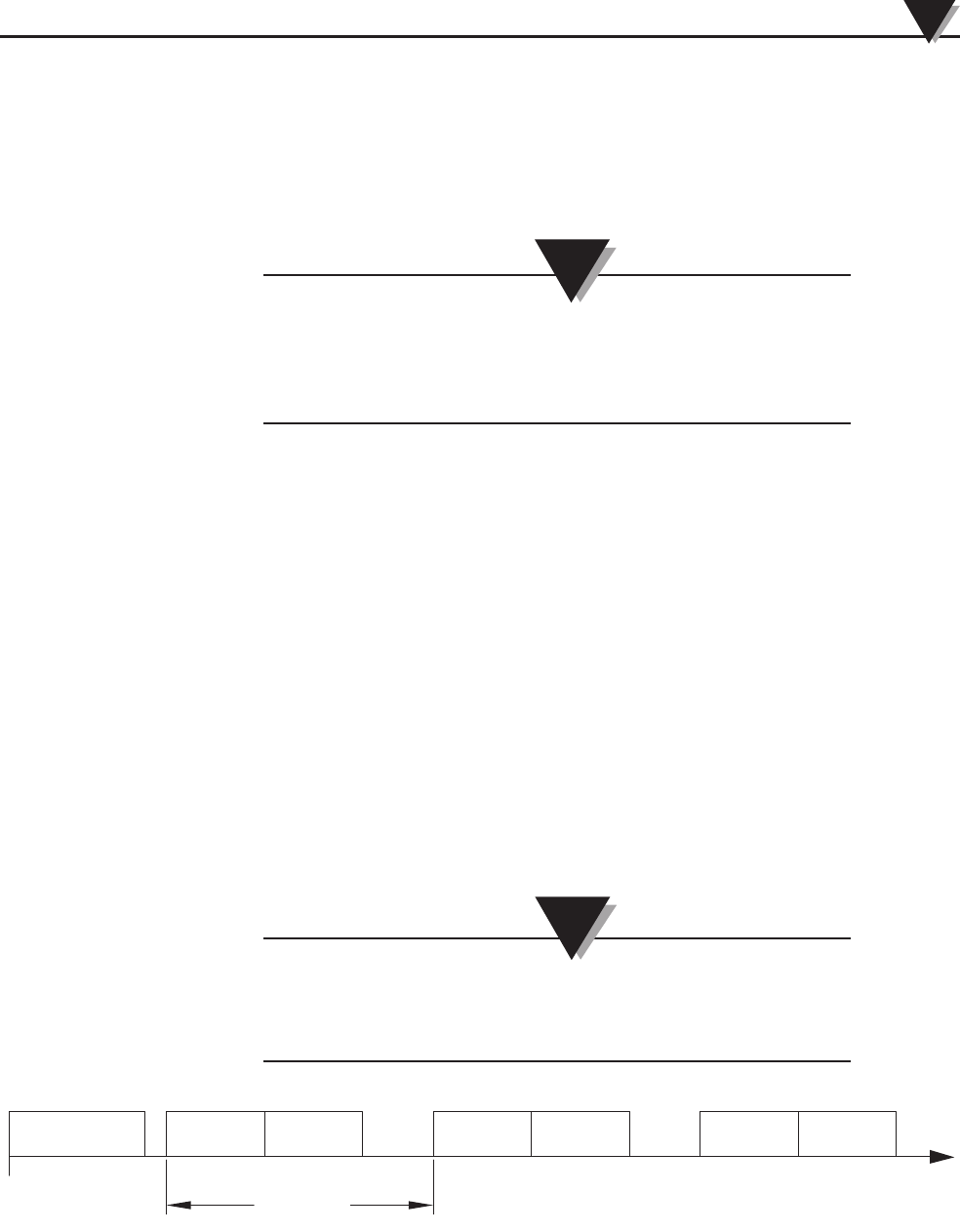
Resolution (Effective Number of Bits - ENOB, RMS) – The number of reliable
data bits that exist for a signal’s measurement. The greater the resolution, the
more detailed the reading. For example, with an increased resolution, a reading
of 5.12 V could become 5.11896 V. The DAQ actually provides for 24 bits of data
information; however, the accuracy of the least significant bits decreases as the
measurement duration speeds up.
When measuring variable input signals (as opposed to
relatively steady input signals), the variable signals will
require more samples/sec to obtain a realistic signal
representation.
At a scan time greater than 6.5 seconds, the last 1.5 bits are considered unreliable,
resulting in a resolution of 22.5 bits. At a very fast scan time (1 millisecond), the
seven least significant bits are unreliable, resulting in 17 bit accuracy. When you
select the Scan Time you also determine the scan (sample) rate and resolution for
the applicable channel. For the DAQ’s analog input applications, scan (sample)
rates range from 0.0002778 samples/sec (1 hr/scan) up to 1000 samples/sec
(m/scan), and corresponding resolution ranges from 22.5 to 17 bits.
4.10 Automatic Calibration
The DAQ unit contains a built-in source for performing automatic self-
calibrations. These calibrations can be performed between scans periodically
throughout the measurement process, as indicated in the following figure. Such
calibration ensures accurate measurements, even in environments that
experience significant temperature fluctuations. The figure below shows an
initial calibration followed by the scan/calibrate, scan/calibrate pattern.
The continuous calibration feature is built into the DAQ
system. With Auto-Calibration enabled, you may experience
slower sample rates especially with multiple chanels turned on.
Figure 4-27. Calibration/Scan Arrangement
Software
4
4-17
NOTE:
NOTE:
0
SCAN PERIOD
TIME
INITIAL CALIBRATION CALIBRATIONSCAN CALIBRATIONSCAN CALIBRATIONSCAN



